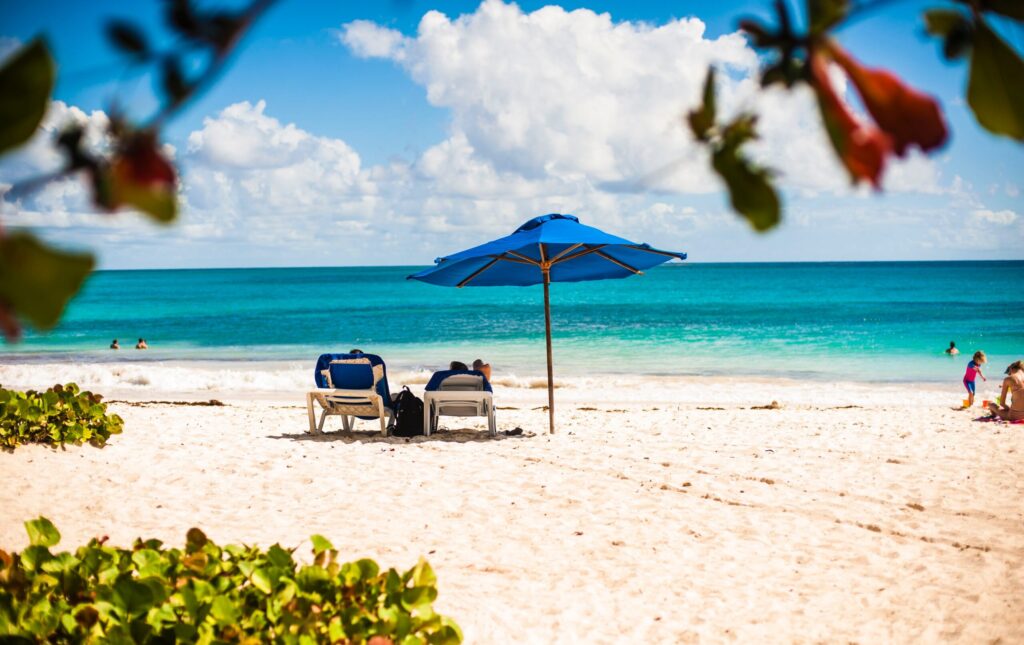 People ask me all the time, “Where can I go in the Caribbean during summer and during the its storm season–islands NOT in the hurricane belt?”
People ask me all the time, “Where can I go in the Caribbean during summer and during the its storm season–islands NOT in the hurricane belt?”
by Stefanie Michaels
Such a Good question! What is the hurricane belt? What islands are not in the hurricane belt? How can I pick the right islands not in the hurricane belt?
The hurricane belt is a part of the Atlantic Ocean, which includes the northern part of the Caribbean Sea as well as the Gulf of Mexico. Other areas affected are Florida and the Florida Keys.
Caribbean islands NOT in the hurricane belt are:
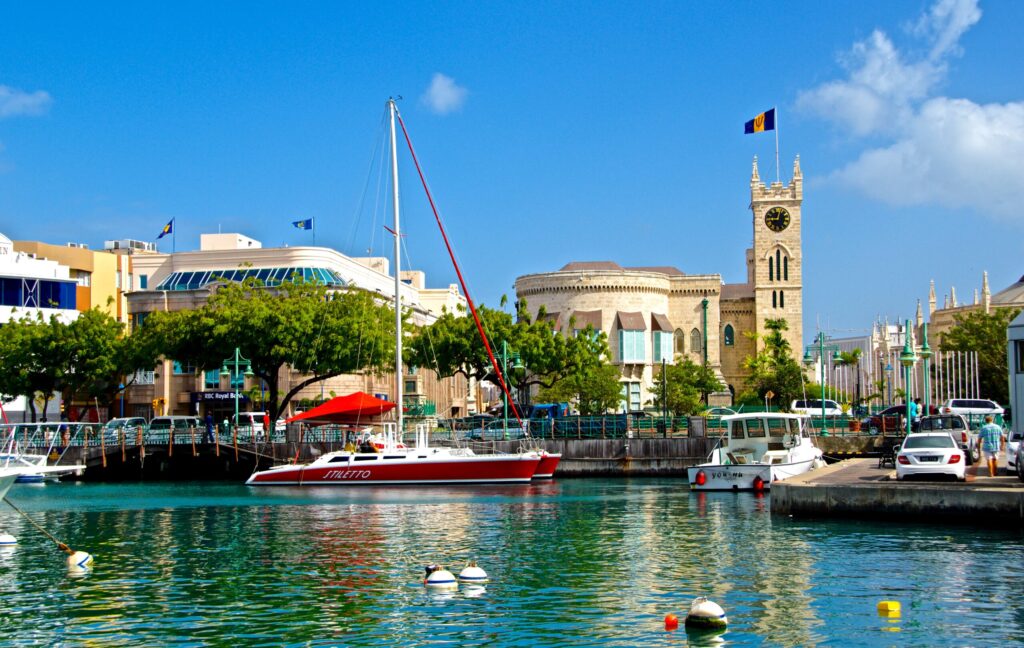
Barbados
Barbados is located in the eastern Caribbean, the most easterly island in the region, making it outside of the hurricane belt. The island is about 166 square miles and has a population of around 290,000. The official language is English, and the currency is the Barbadian dollar. Barbados is known for its beautiful white-sand beaches, crystal-clear waters, and warm tropical climate.
The island has a rich history and culture, with influences from African, European, and indigenous Caribbean peoples. Its vibrant music and dance scene includes calypso, soca, and reggae. The island is also famous for its rum, produced in local distilleries. The economy of Barbados is driven by tourism, international business, and agriculture, focusing on sugar cane, vegetables, and fruits such as mangoes and guavas.
Grenada
Grenada is a tri-island nation consisting of the main island of Grenada, along with the smaller islands of Carriacou and Petite Martinique, located in the southeastern Caribbean Sea and not in the hurricane belt. The island is known for its lush rainforests, beautiful waterfalls, and picturesque beaches, including the famous Grand Anse Beach. Grenada is also referred to as the “Island of Spice” because of its reputation as a major producer of nutmeg, cinnamon, and other spices.
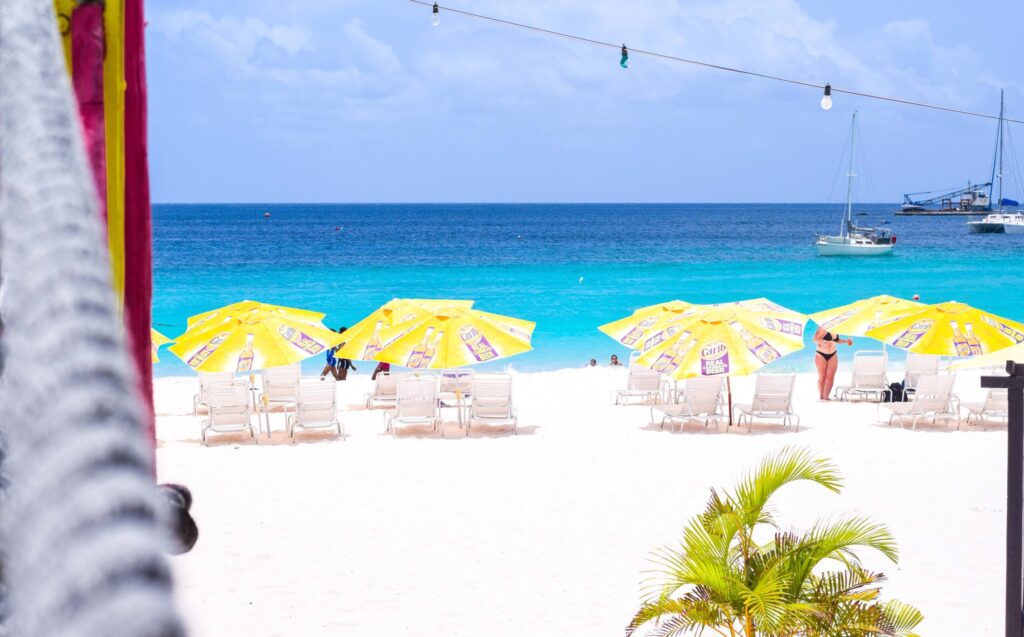 The island’s cuisine uniquely blends African, European, and indigenous Caribbean flavors and ingredients. Grenada has a rich history, with influences from the indigenous Carib and Arawak peoples and French and British colonizers.
The island’s cuisine uniquely blends African, European, and indigenous Caribbean flavors and ingredients. Grenada has a rich history, with influences from the indigenous Carib and Arawak peoples and French and British colonizers.
The island is also known for its lively carnival celebrations, which take place in August and feature colorful parades, music, and dancing. The economy of Grenada is driven mainly by tourism and agriculture, with a focus on spices, cocoa, and tourism-related activities such as water sports and eco-tourism.
Trinidad and Tobago
Trinidad and Tobago is located just off the coast of Venezuela and is the southernmost island nation in the Caribbean. The two islands are not in the hurricane belt, and each island is quite different, with Trinidad being the more extensive and populous of the two and home to the capital city, Port of Spain. At the same time, Tobago is more laid-back and known for its pristine beaches and ecotourism opportunities.
Trinidad and Tobago’s cultural heritage is diverse, with influences from the indigenous Amerindian peoples, enslaved Africans, and East Indian and Chinese indentured laborers who arrived in the 19th century.
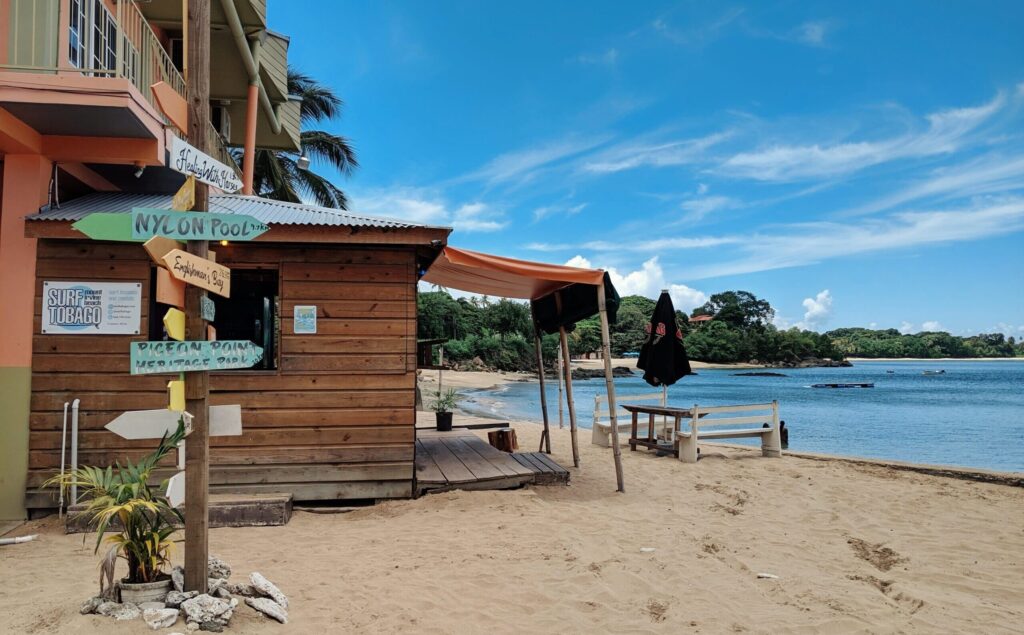 The country’s annual carnival celebrations, which take place in the weeks leading up to Lent, are world-renowned for their elaborate costumes, music, and dancing.
The country’s annual carnival celebrations, which take place in the weeks leading up to Lent, are world-renowned for their elaborate costumes, music, and dancing.
Trinidad and Tobago also has a rich oil and gas production history, which has driven the country’s economy for many decades. Today, the country’s economy is diversifying, focusing on tourism, information technology, and financial services.
Bonaire, Curaçao, Aruba
Known as the “ABC Islands”, Aruba, Bonaire, and Curaçao are located in the southern Caribbean and are part of the Lesser Antilles. These not in the hurricane belt islands, are north of Venezuela ad most southerly in the Caribbean island chain. Although they share some similarities, each island has its own unique character and attractions.
Aruba is known for its white-sand beaches, lively nightlife, and luxury resorts, while Bonaire is a diver’s paradise with its clear waters and abundant marine life.
 Curaçao is the largest of the three islands and has a rich history and cultural heritage, with a colorful capital city, Willemstad, known for its pastel-colored buildings and historic forts. The three islands are all part of the Kingdom of the Netherlands, and as such, they share a Dutch colonial history and influence.
Curaçao is the largest of the three islands and has a rich history and cultural heritage, with a colorful capital city, Willemstad, known for its pastel-colored buildings and historic forts. The three islands are all part of the Kingdom of the Netherlands, and as such, they share a Dutch colonial history and influence.
However, each island has its own distinctive culture and traditions, with a mix of African, European, and indigenous Caribbean influences. The official language is Dutch, but many people also speak English, Spanish, and the local creole languages of Papiamento and Bonairean. The economy of the ABC islands is driven by tourism, with a focus on sun, sea, and sand activities, as well as eco-tourism and cultural tourism.
San Andrés
San Andrés is a picturesque island located in the Caribbean Sea, about 775 km (482 miles) northwest of the Colombian coast, making it technically outside of the hurricane belt.
The island, along with its neighboring islands and cays, is part of a Colombian department known as San Andrés, Providencia, and Santa Catalina. San Andrés is known for its beautiful beaches, including the popular Playa Spratt Bight, as well as its stunning coral reefs and crystal-clear waters, which are ideal for snorkeling and diving.
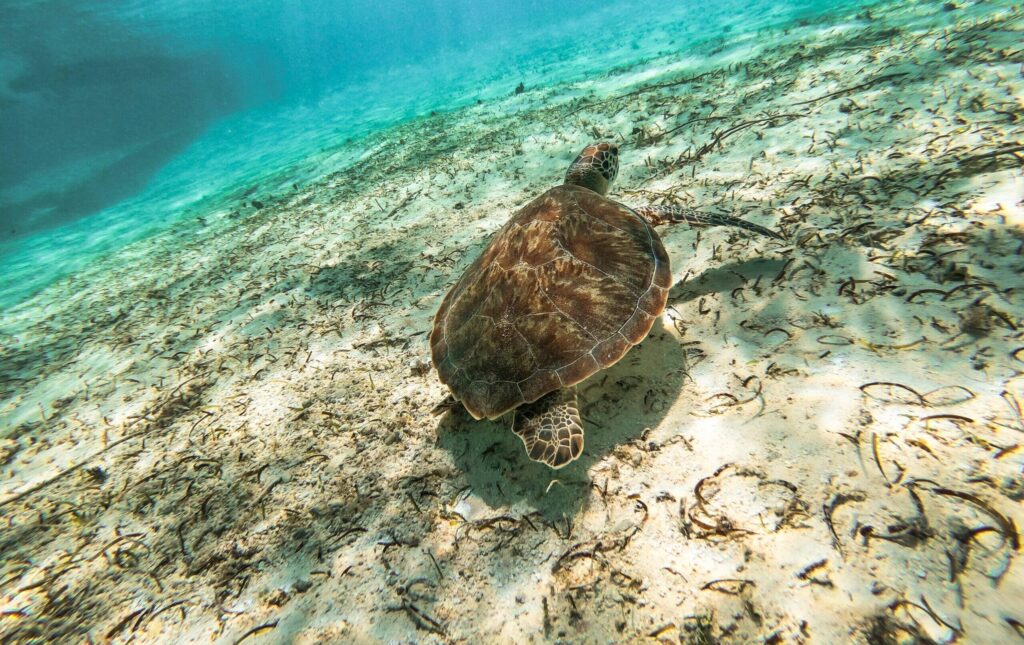 The island has a rich history, with influences from indigenous peoples, Spanish colonizers, and English settlers. As a result, the culture and language on the island are a unique blend of African, European, and Caribbean influences, and many residents speak English in addition to Spanish and Creole.
The island has a rich history, with influences from indigenous peoples, Spanish colonizers, and English settlers. As a result, the culture and language on the island are a unique blend of African, European, and Caribbean influences, and many residents speak English in addition to Spanish and Creole.
The island’s economy is driven by tourism and fishing, and it is a popular destination for travelers seeking sun, sea, and sand.
Here’s a trick:
If ever confused as to when the season is, follow the old mariner’s poem:
June- too soon.
July– stand by!
August– look out you must.
September– remember.
October, all over.
If you choose to book one of these fabulous destinations during the hurricane season, my suggestions would be:
Make sure you book some kind of hurricane insurance, when booking your travel itinerary. In any off chance you might need to cancel your trip, you’re covered. And, always read the fine print. Coverages vary per company.

For more information, check out Weather.com’s Hurricane Central with up to date storm tracker information.
*Although not within the typical storm boundaries aka outside the hurricane belt, these islands can be hit by hurricanes, even though it is a rare occurrence.
***The hurricane season officially kicks off June 1 through November 30, although hurricanes have hit the northern Atlantic as early as May.


